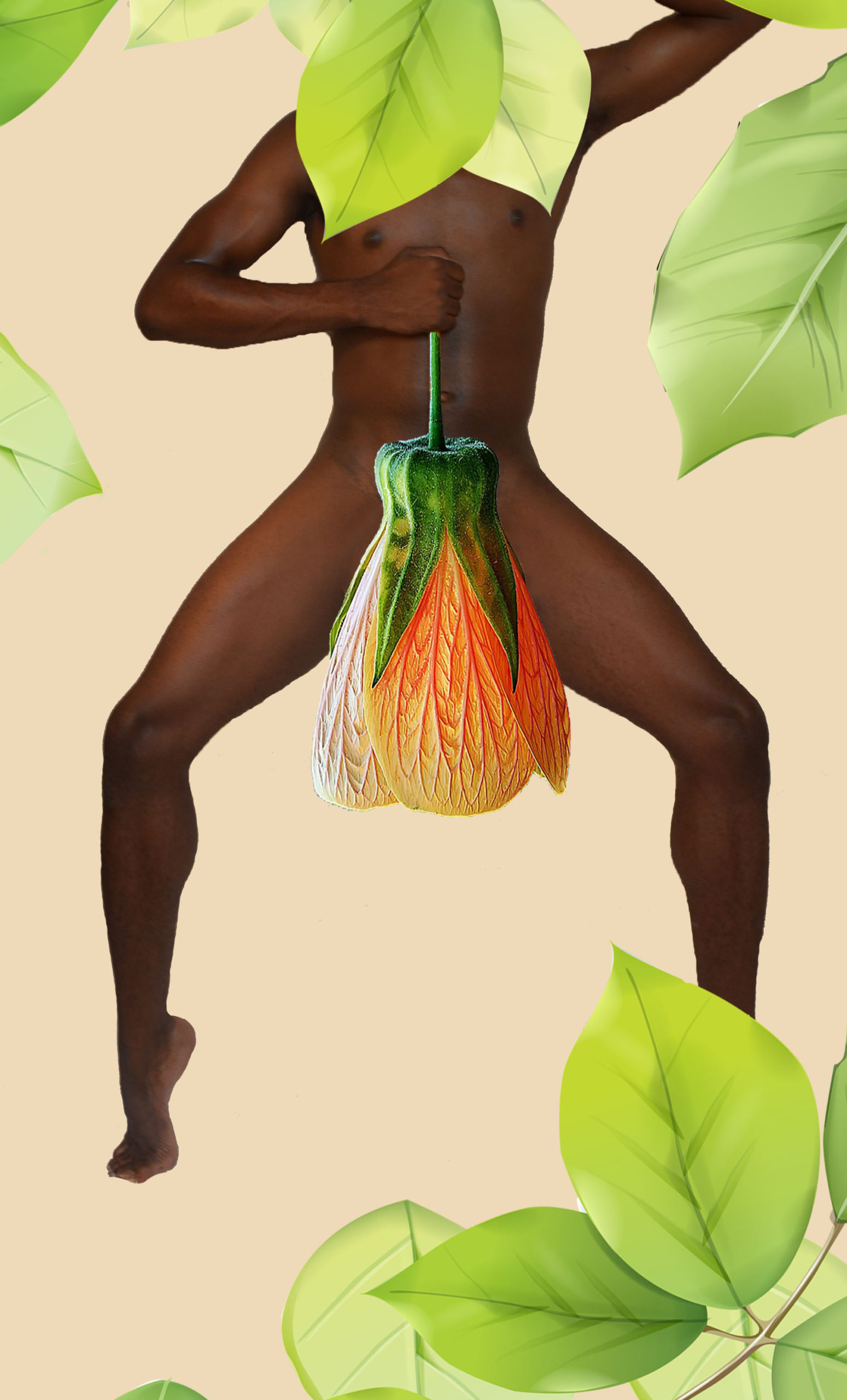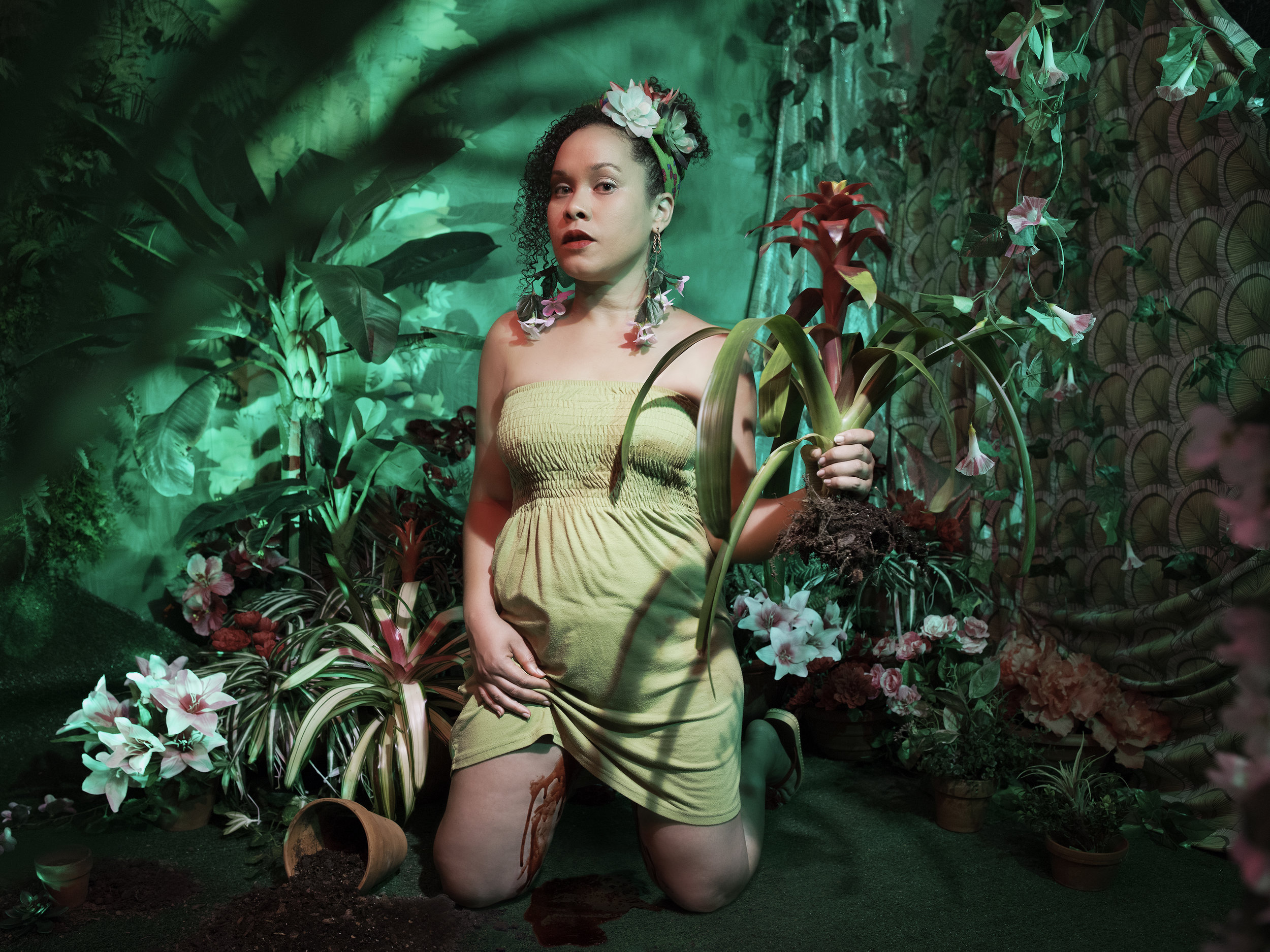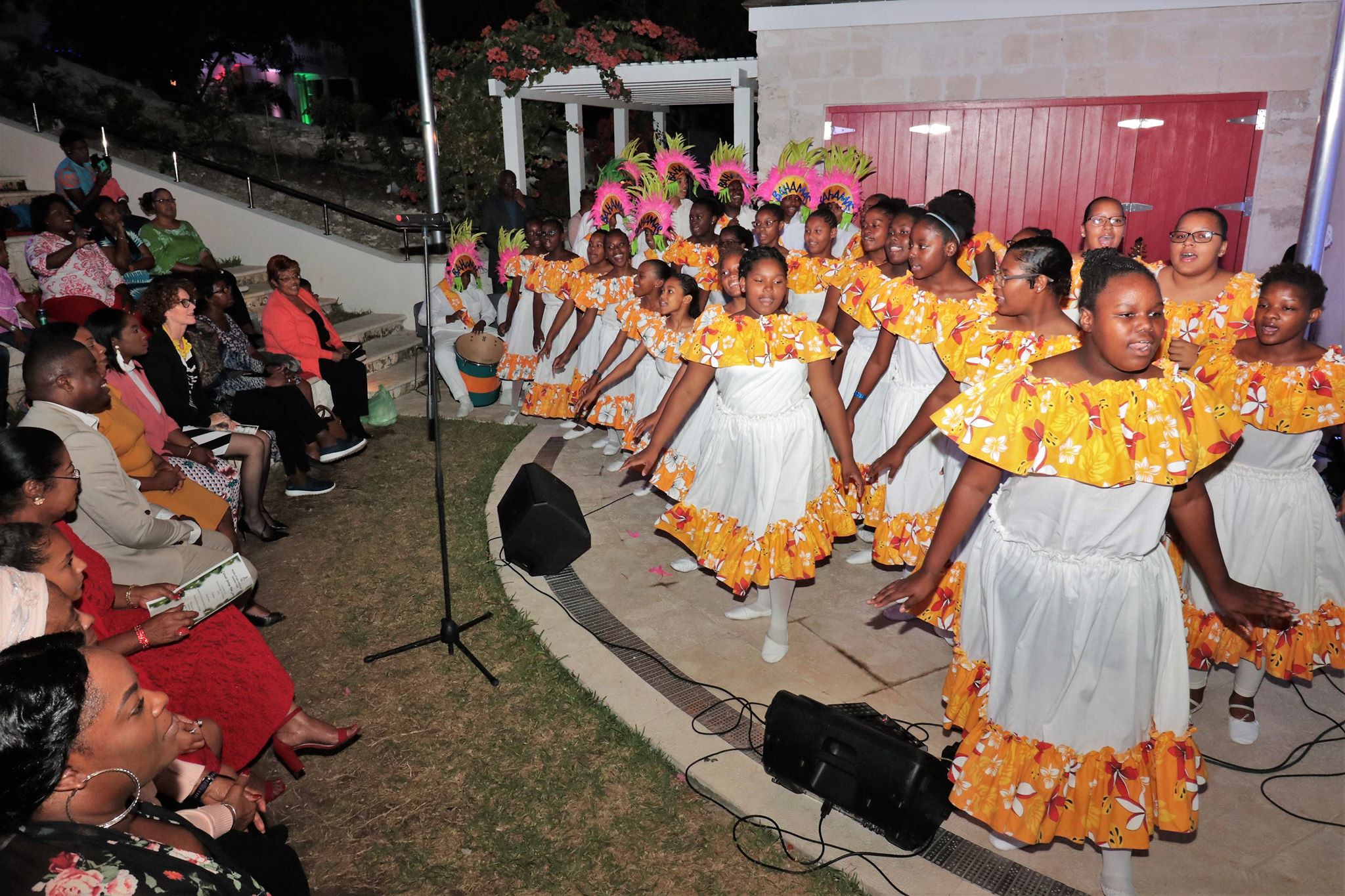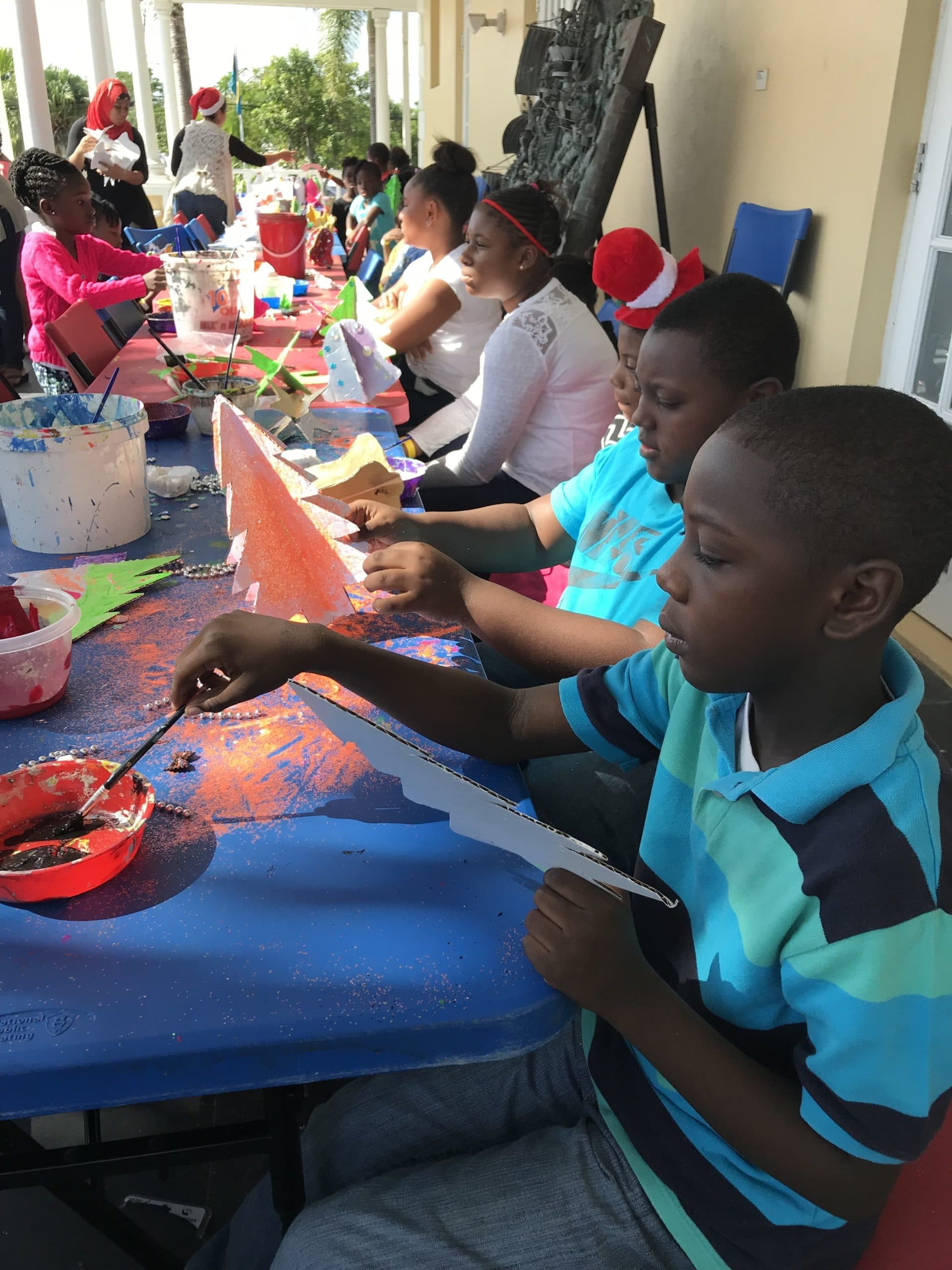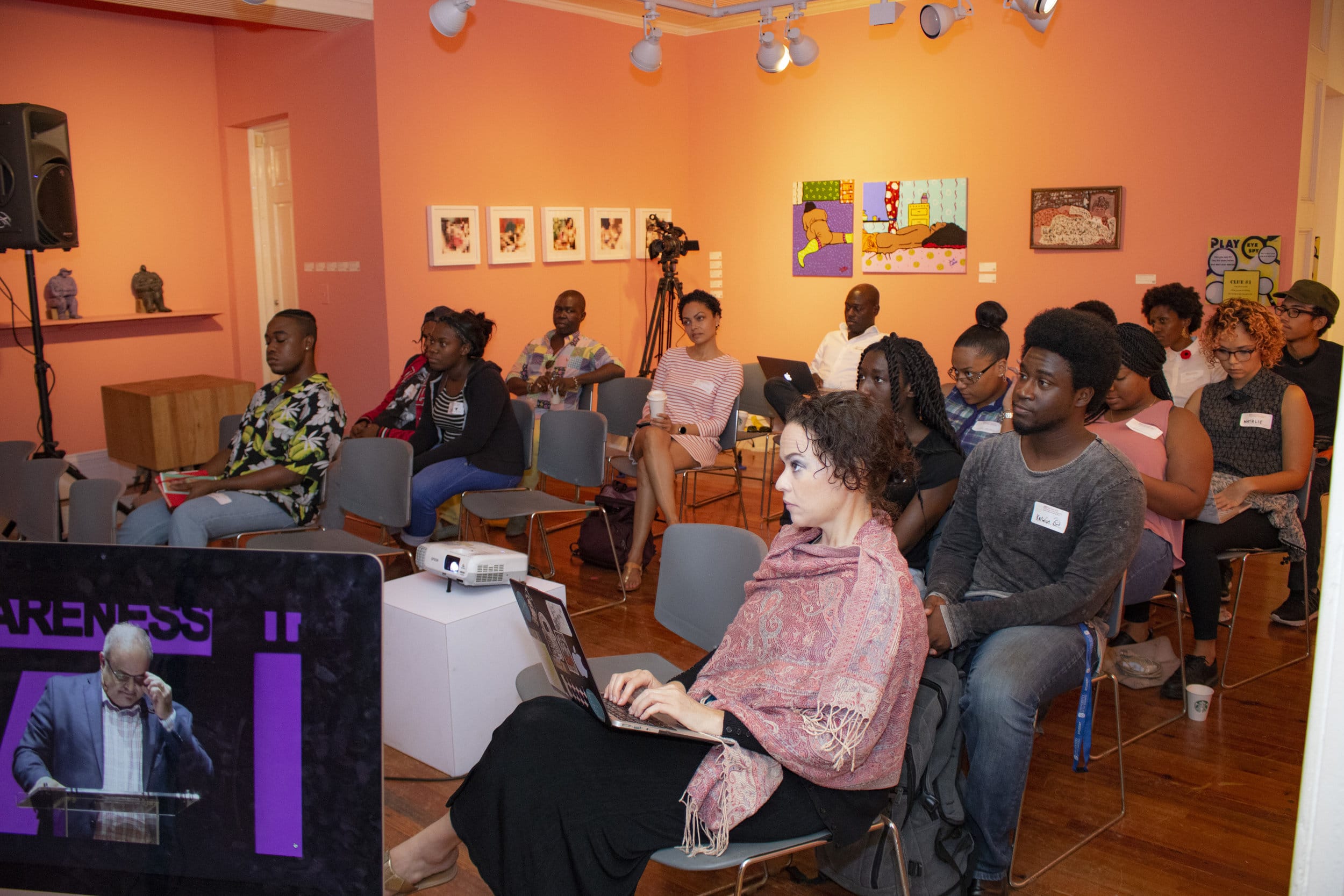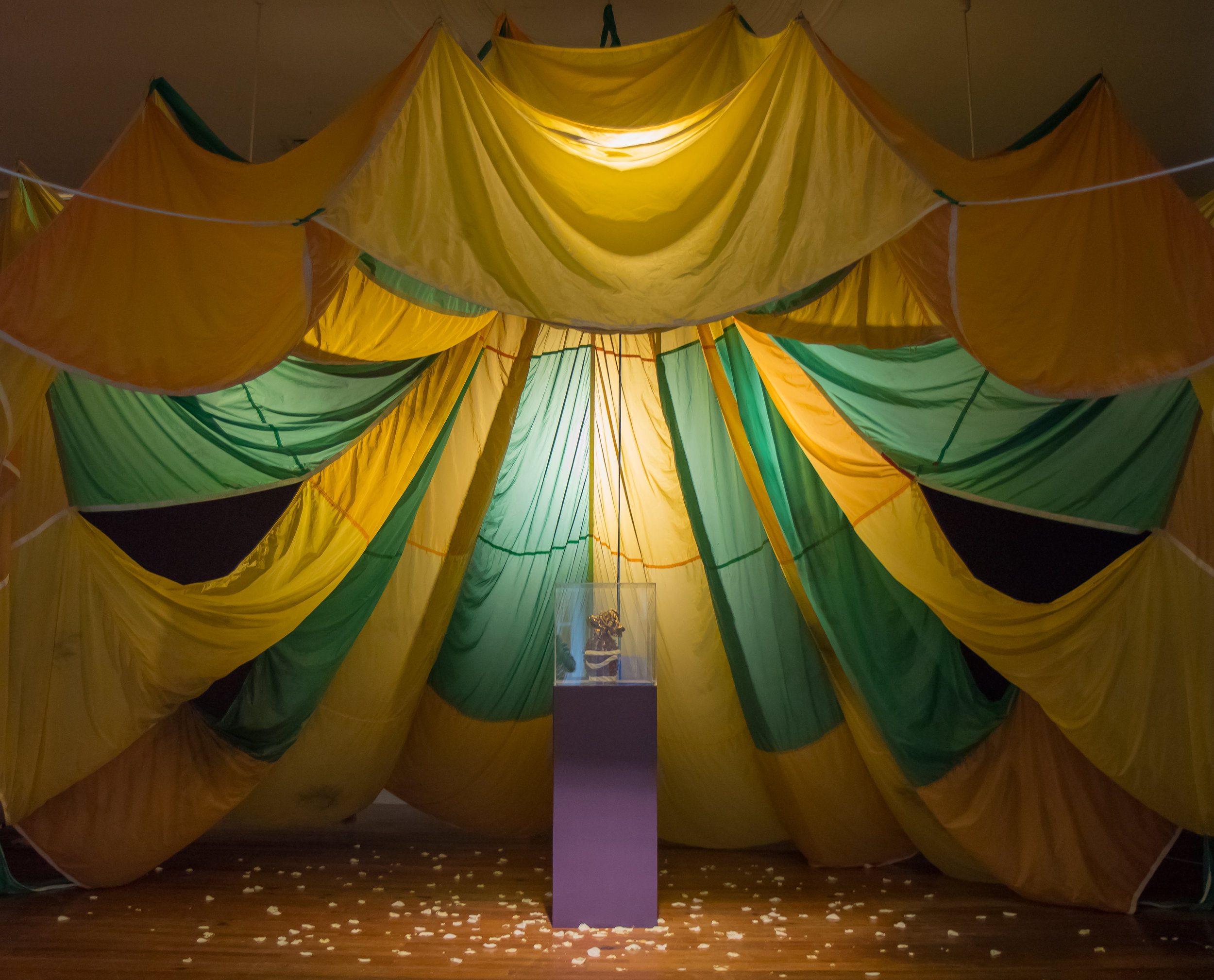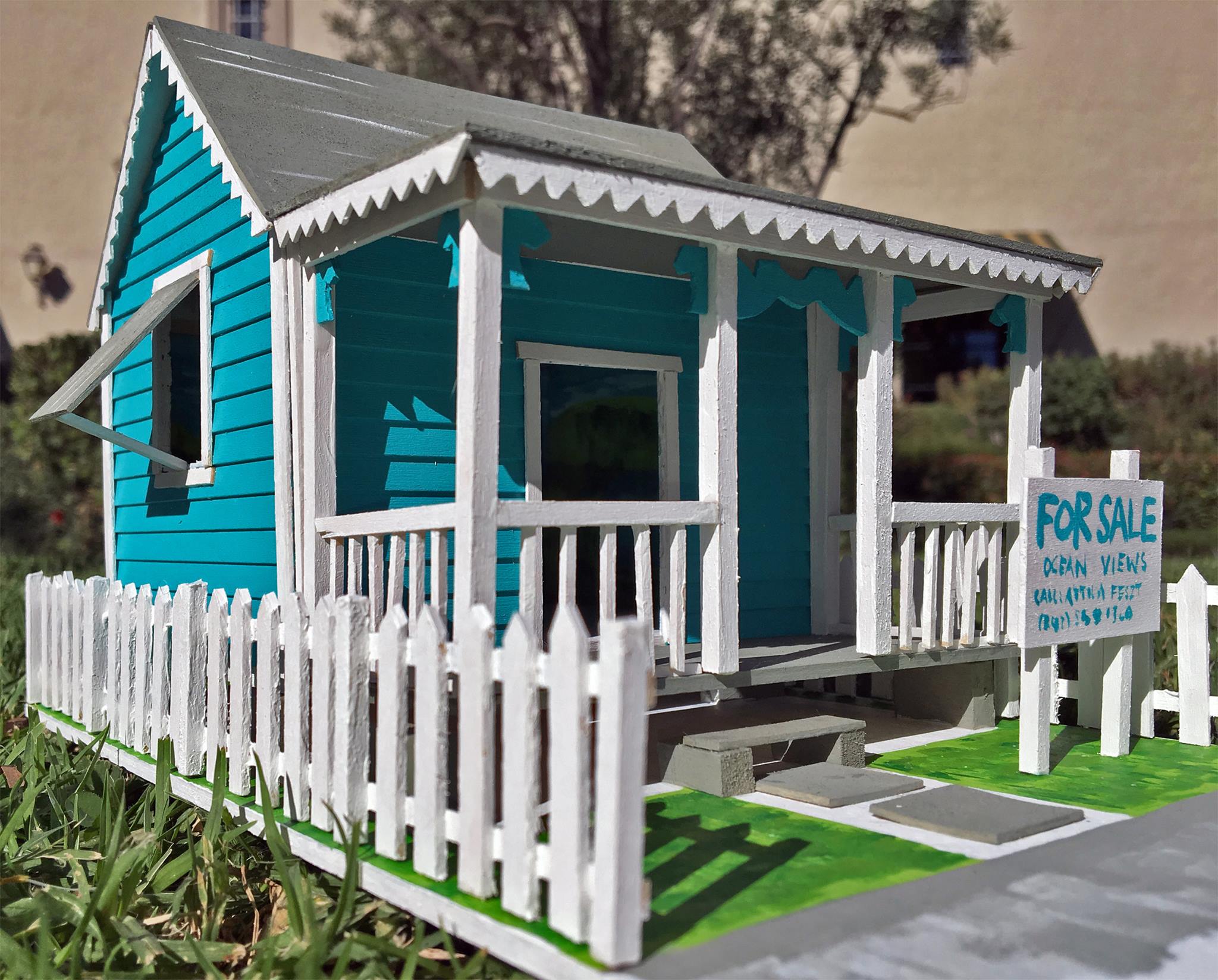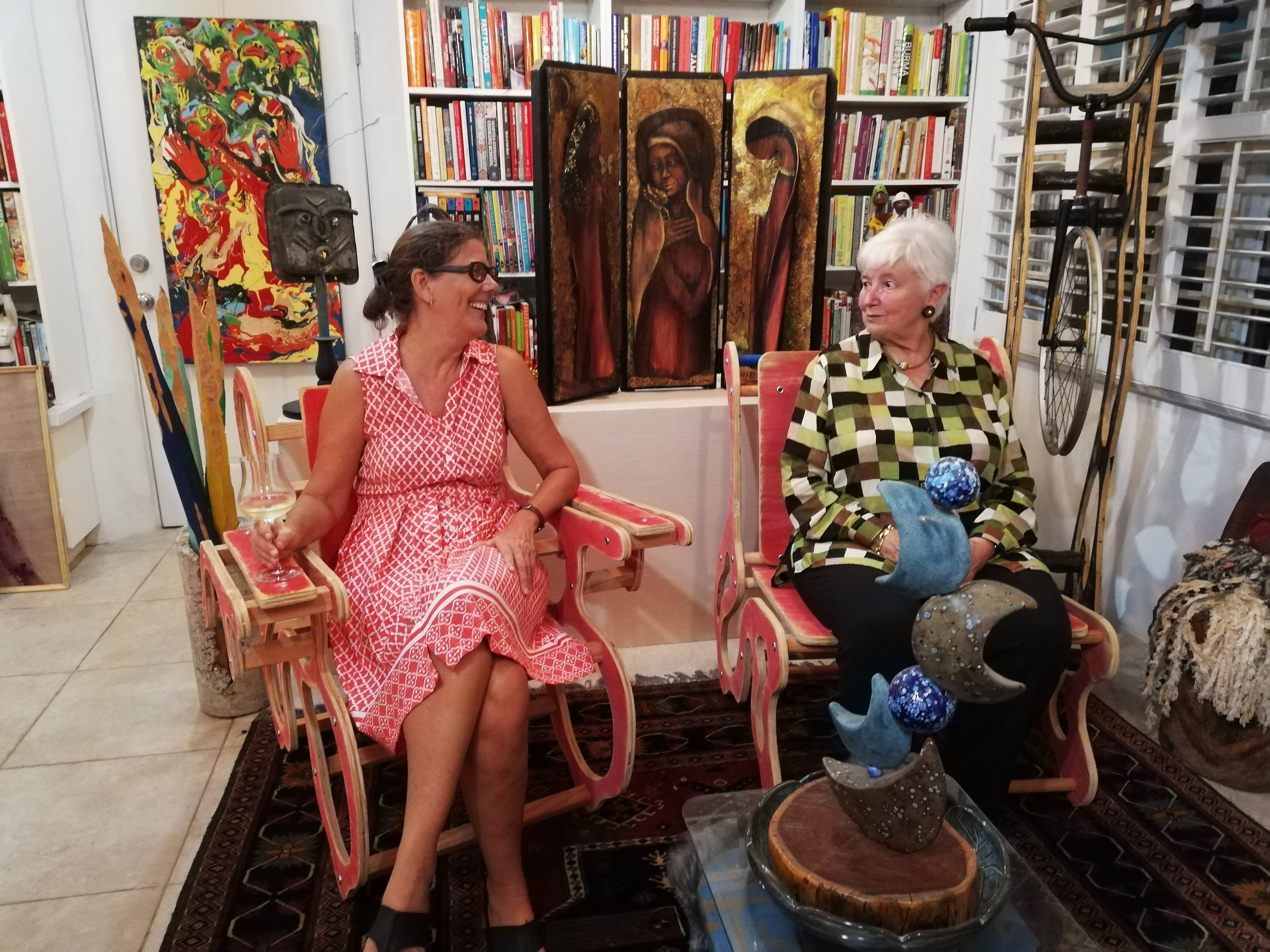Currently browsing: Stories
Field Notes on Planting Seeds in Uprooted Gardens
A Night in Pictures and Sound: Cultural Heritage Month Kicks Off at the NAGB
On Saturday night, December 1st, 2018, the Honourable Lanisha Rolle, Minister of Youth, Sports and Culture, stood in the stunning Fiona’s Theatre at the National Art Gallery of The Bahamas (NAGB) and declared Culture Month officially open by reading a proclamation issued by the Prime Minister of The Bahamas, the Right Honourable Dr Hubert Minnis.
Denis Knight: An Incredible Journey (1926-2018)
By Katrina Cartwright. Celebrating the life of the grandfather of ceramics in The Bahamas. In a small pottery studio, a little off the beaten path in Petty’s, Long Island, a teacher patiently instructs his student on the appropriate techniques to use to complete the ceramic piece she is working on. They are discussing the student’s pending college application and what she is choosing to study. He suggests “Why don’t you study ceramics? It’s something you seem to enjoy and you have a knack for it.” The student scoffs at the idea–what kind of job could one possibly get with a degree in ceramics? The instructor doesn’t push, only encourages the student to think about it, and they go on to discuss other ideas in the peaceful quiet, broken only by the occasional bird call or rustle of leaves.
The NAGB brings variety to the holidays: The holidays are for friends, family and art!
By Katrina Cartwright. The National Art Gallery of The Bahamas is bringing a busy 2018 to a close with an amazing line up of activities and events that will appeal to holiday recreation seekers of all ages. Beginning on December 7th with a free live Willis and The Illest concert and ending with musical sweetness of Jazz Etc. on December 21st, the NAGB is giving residents and visitors alike a selection of options to engage and access the museum in ways that are comfortable and interesting to them.
Art of The Bahamas: An era of negotiating self-definition
By Patricia Glinton-Meicholas. Its foundation announced in 1996, The National Art Gallery of The Bahamas (NAGB) was officially opened on Monday, 7 July 2003, which means that it is still a youth as art museums go, still engaged in defining its identity. I envision for it a plum role, ready for the plucking from a fertile tree of a people richly endowed with creativity. The Gallery can be an important builder in the development of people and nation, employing a diversity of creative impulses of artists, exotic and indigenous to “story” The Bahamas, providing a mirror to prompt Bahamians to take a deeper look inward and bear even greater fruit.
Reporting from the 2018 Creative Time Summit screening at the NAGB: Showing up for our Future
By Dr Ian Bethell-Bennett, The University of The Bahamas. The 2018 Creative Time Summit under the theme “On Archipelagos and Other imaginaries: Collective Strategies to Inhabit the World” was livestreamed at the National Art Gallery of The Bahamas (NAGB) and coupled with key local academics, including Dr Niambi Hall Campbell-Dean, Dr Allana Thomas and Joey Gaskins and other creatives discussing our present-day national realities. The day provided much fodder for digestion and provoked upset, and it was a necessary light bulb that came on or an explosion that went boom in the night. Also, we all know how those booms go. We wake up startled and unable to get back to sleep. The many conversations were alive and inspiring; it also caused great unease because of the themes explored: spatial injustice, erasure of black and brown bodies and the real threat of climate change and sea level rise along with the erosion of democracy. It is always interesting for me that Miami, often such a conservative space, can produce such edgy and cutting cultural expression and creative experimentation.
The Architecture of Loss: Memorials, Memento Mori, and the Man from Milton Street
By Natalie Willis. “i learn urgently | the architecture of loss | then find you again.” ― Warsan Shire. Lavar Munroe’s “Memorials” series is an exercise in the architecture of loss, of remembering, and the residue of life we leave long after we are physically gone from this world. A parachute, a hand-made urn, and flowers are an unlikely pairing but help to braid together the strands of the story of a man’s life, but they also offer us a thread between worlds, between countries, between lives, and between times. Munroe–proud of his upbringing and regular reunions with the Grants Town community where he still holds a studio–spends much of his time these days travelling. Not unlike the parachute shown in “Return: The Magic Flight” (2018), he is uprooted, but he often finds his way back to the solid soil of this historic settlement in Nassau. The “nation’s navel” that is Bain and Grants Town have produced a number of historically significant figures in Bahamian history, and Lavar is well on his way to being a key fixture in Bahamian art history for years to come, if his current 10 year survey at the NAGB (with the proud and proclamatory title “Son of the Soil”) is any indication.
The long eye of culture.: A mash up, a hybrid
By Dr Ian Bethell-Bennett, The University of The Bahamas. Bahamian society and culture are already deeply creolised and vibrant, so why not make every effort, take every chance to show who we are? In the 1980s Barbadian calypsonian Gabby performed ‘Jack’, and people laughed. In the early 2000s Bahamian performer K. B. sang ‘Dey Sellin’, and people laughed. In fact people criticised him for exaggerating. ‘Dey sellin’… culture captures what we do not see. Oral and aural culture deliver serious critical visions and versions on what a go on, as the calypsos of the Trinidadian ‘Trinity’ Mighty Sparrow, Shadow and Chalkdust made critical often blistering interventions in all matters of national concern. Today, we hide from this kind of cultural richness or defame it. In “Apocolypso”–first published in 2004 and recirculated in 2013–Christian Campbell highlights the shifting tides and sands of Bahamian landscape and the accompanying cultural erosion and erasure.
Making the connection: In conversation with Sasha Dees about her time of travel and research across the Caribbean
By Kevanté A. C. Cash. A laid-back woman comes from the behind the building to greet me upon hearing the call of her name. She is stationed on the benches of the National Art Gallery’s back porch overlooking the Sculpture Garden – just above the newly opened Amphitheatre named “Fiona’s Theatre” – that opens to Hospital Lane. Sporting a cool summer dress in the middle of Bahamian fall, she says she was “soaking up the sun and catching up on messages” while waiting for my arrival. She is Sasha Dees, a Dutch independent curator, festival and theatre producer and arts writer, currently doing research across the Caribbean. “The research that I’m doing is actually not a part of anything. It’s really in my interest. So, what happens is there’s a mid-career grant – the governmental visual art fund – that’s there for artists but also people working within the arts like curators, writers and so on to take some time off to do something they always wanted to do but never found the time or had the money to do. “So, often it was more so museum workers giving themselves a chance to take a sabbatical to maybe write a book or do more research on a subject that’s within the museum. It’s very rare for people like me to get the grant because I’ve always worked independently but when I thought again, I figured – ‘There still might be a possibility.’”
